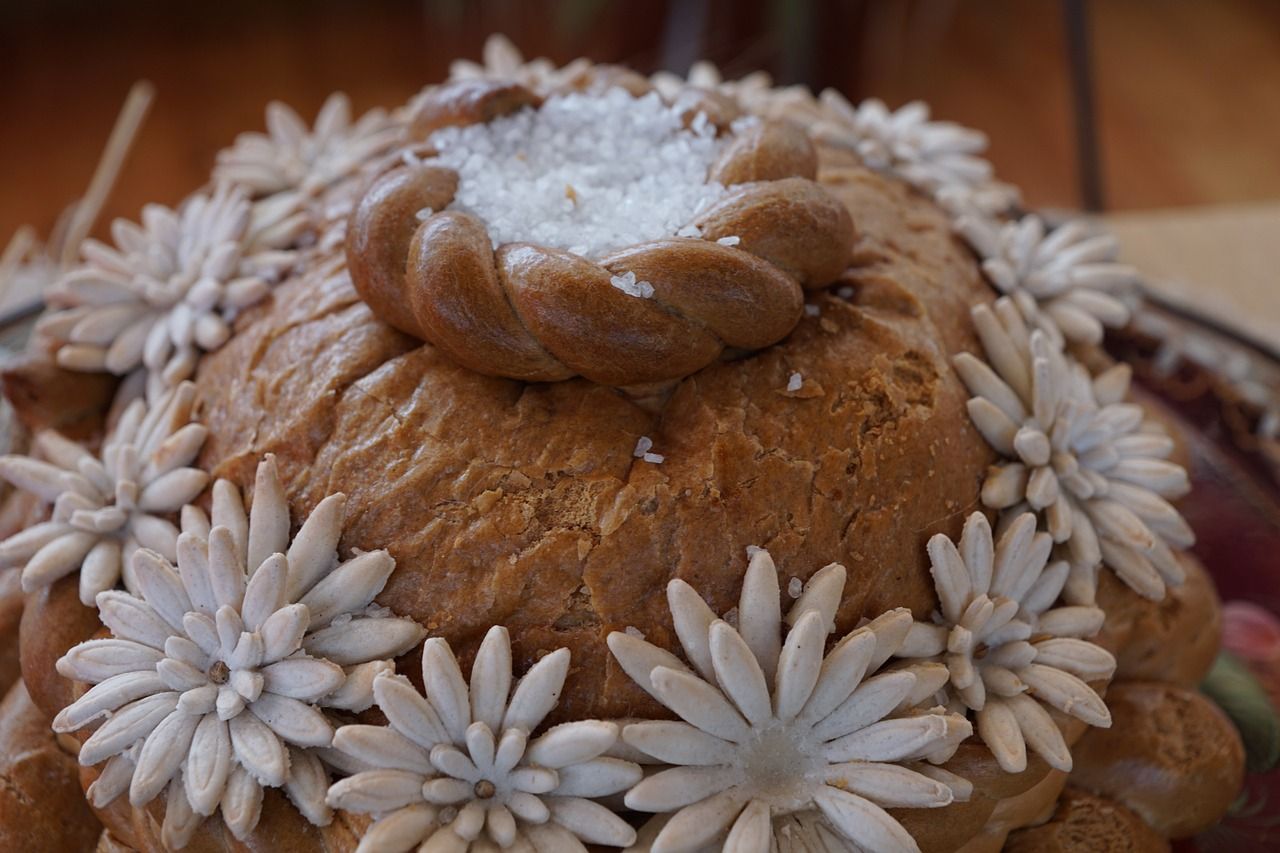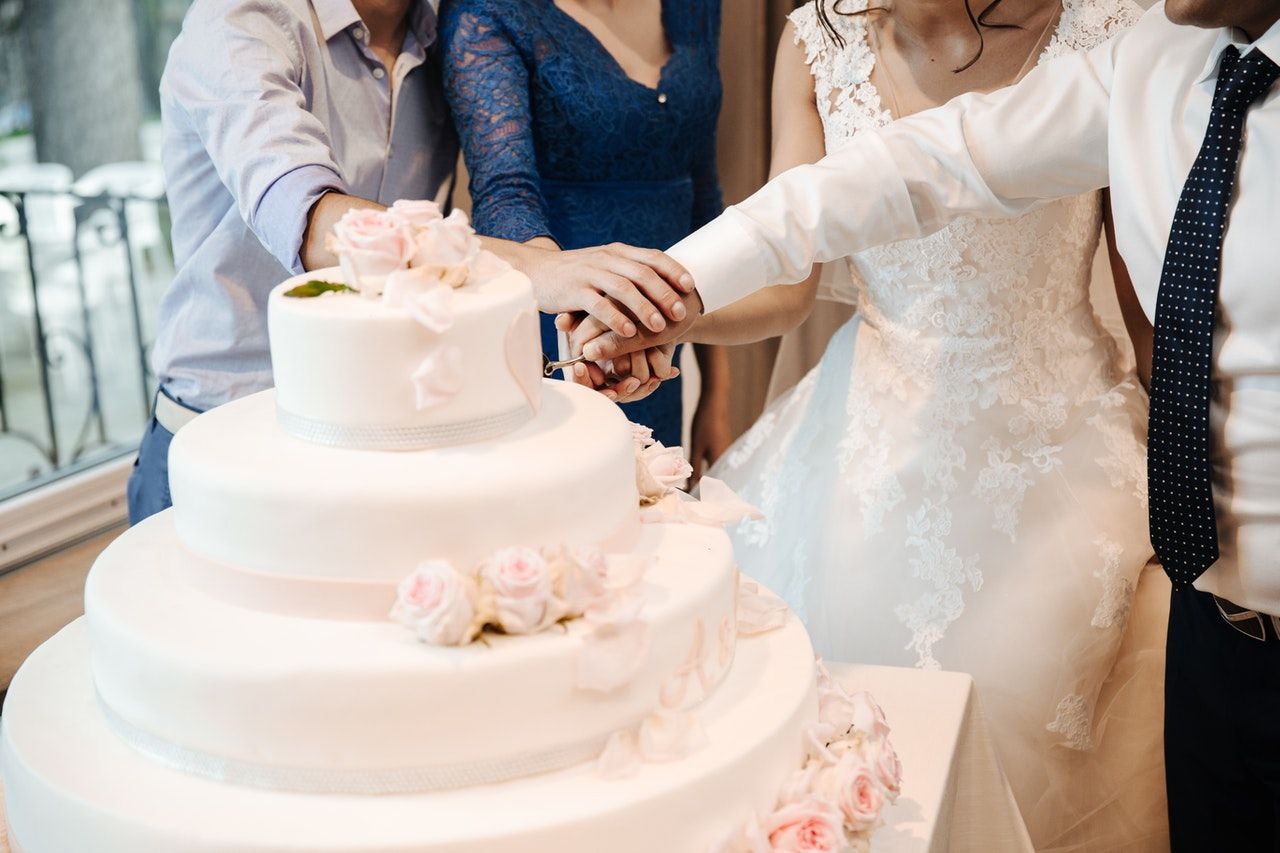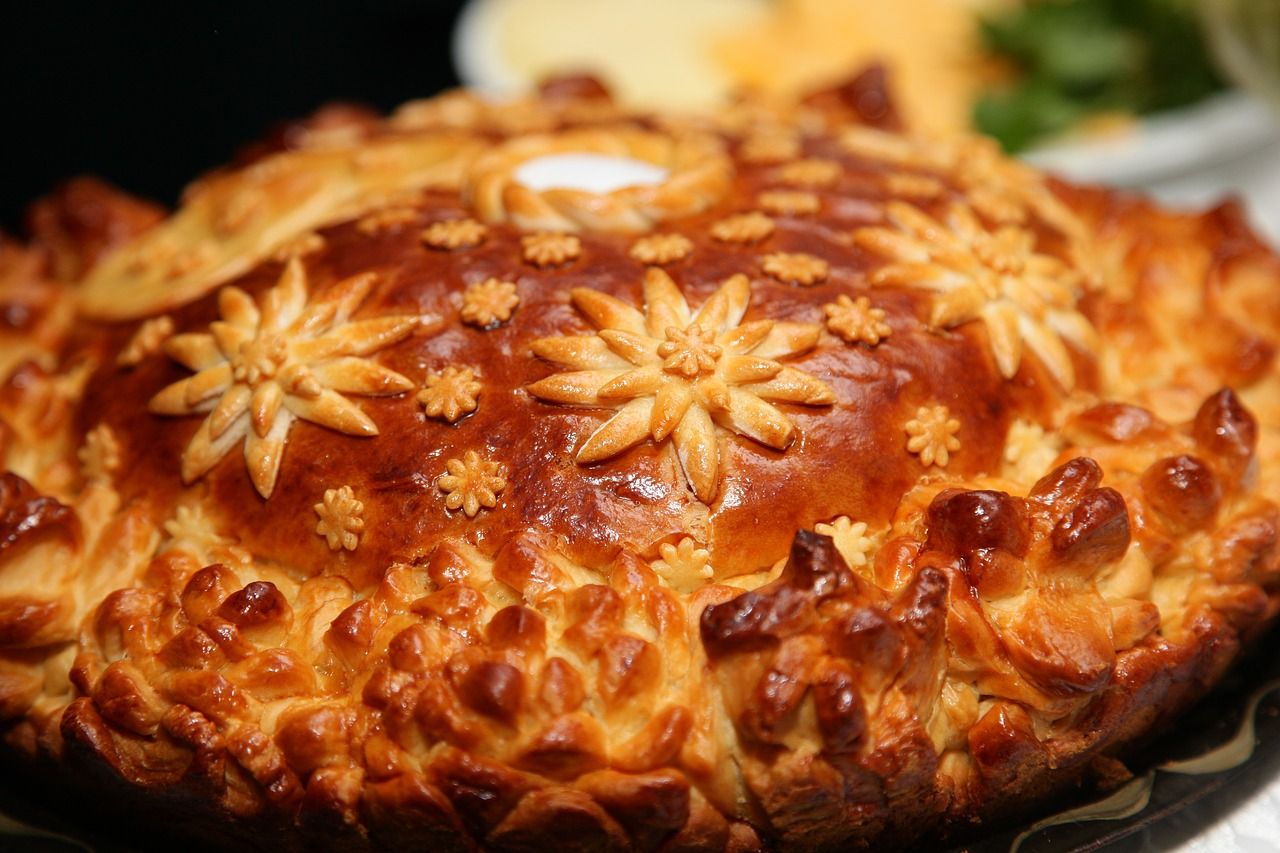A wedding and reception are associated with countless traditions that are characteristic of a given region. In the old days, they were the basis of every wedding and carried a symbolic meaning. Today, more and more guests are having fun at parties similar to those we know from American movies. Traditional wedding bread is one of the most popular customs, cultivated mainly in the Podlasie, Lublin and Suwałki regions. Does it matter today?
Where did the wedding bread come from?
Much depends on the region, its history and the influence of other cultures. Some customs came to us from the East, where Slavic traditions were strongly cultivated. The economic situation and access to basic material goods also had a great impact on culture.
The most popular ritual bread is korowaj, also known as “kołacz”. Wedding bread was baked from high-quality wheat or rye flour. This custom was valid only on such a special day as a wedding and korowaj could be baked once in a lifetime. Widows and divorcees who remarried did not bake cakes again. The honor of baking was given only to women and was associated with numerous dances, prayers and songs that resounded during the work. Kołacze were usually baked the day before the wedding.
The form and shape of korowai depended on the region, But each of them was richly decorated. Braided braids, birds, rosettes and flowers were used for decoration, which symbolized prosperity and fertility. In the old days, the wedding traditionally took place at the bride's house, so the cutting of korowai was started there as well. Honor this belonged to the elder, who had to distribute each piece in a strictly defined order.

During the work on korowaj, other bread was also baked, which the Young Couple distributed to guests on the way to church: baked dolls, cones, geese and nuts. In some places, it was a tradition to bake buns for the Bride and Groom, who ate them in the morning after the first night spent together.
Ritual wedding bread - do we still value it?
Polish wedding traditions seen in many areas. Bread still has a special meaning - and not only in the wedding tradition. Most of us have great respect for bread, besides, it is the basis of everyday nutrition. Some regions still cultivate old traditions, but in the vast majority you can find slightly different ritual wedding bread.
One of the most popular customs is welcoming the newlyweds with bread and salt. In the past, in the days when weddings were held at the bride's house, it was the mother's duty to prepare a greeting of bread and salt. Tradition dictated that lovers should be greeted with the words: I greet you with bread and salt, so that you will never run out of bread and salt in your life. What do these two ingredients symbolize? The custom is primarily to protect the couple from misfortune, ensure prosperity, bring light and wisdom to them, which will help them in their married life together.
Do you dream of a wedding in the mountains?
We will take care of unforgettable impressions!
Today, most parties are held on halls wedding parties, therefore the custom of welcoming the Bride and Groom was moved to the place of organizing the party. In many places, the reception staff is responsible for the welcome, and the kitchen prepares the pastries, but if the couple wants to keep the tradition as faithful as possible, they can ask the mother of the bride to conduct a traditional greeting.
A wedding cake as an alternative to a cake
We mentioned earlier that the traditional wedding bread from the old days is a cake. To this day, you can find pastries made of yeast dough, which are a reference to tradition. After all, modern cakes do not have such a rich symbolism.
Almost every wedding is associated with the tradition of cutting a cake and it was this cake that took the place of Slavic pastries. The tradition of cutting and dividing the cake has also changed. Now it is done by the Bride and Groom, who eats two pieces first, and only then divides the cake between the wedding guests.

Once wedding cake it was served at midnight, and in many regions this tradition has continued to this day. It is definitely one of the most spectacular moments that all guests are waiting for, especially if the Bride and Groom decide to complement the decorations with flaming flares. However, nothing stands in the way of serving the wedding cake earlier. If there are a lot of elderly people and children among the wedding guests, it can be served between the main course and dinner.
Does traditional wedding bread make sense?
This should be decided by the Young Couple, who is responsible for organizing the wedding. If you feel strongly connected with the Slavic tradition, you can replace modern rituals with old customs. For many wedding guests it will certainly be a curiosity, and the elders will remember what weddings looked like in their times.
Be sure to familiarize yourself with all the traditions before making a decision, carefully tracing their symbolism and meaning, and focusing on the ordinances you must perform. If you don't know where to get the knowledge, it's worth asking your grandparents about the customs they remembered from their youth. They will be a much more reliable source than friends your age.
